What is a keyhole garden?
A keyhole garden is a circular raised garden bed with a compost basket at the center and a keyhole-shaped path that allows access to the entire garden. The compost basket can be fed throughout the season and will continually break down and deliver nutrients to the bed for the duration, as will the chunky bits of organic matter you add to the layers of the bed as you build it.
Keyhole-style gardens are widely considered an efficient way to produce food because they eliminate the wasted space created by paths found in both traditional row gardening and raised bed gardens. They also create a healthy, rich soil that delivers maximum nutrients to your plants.
The efficiency of the keyhole garden is also supported by their natural resistance to drought, as moisture is delivered alongside nutrients as the organic matter layered into the bed breaks down. All of this also amounts to less time being needed to maintain the garden throughout the growing season. Mix a keyhole garden with vegetables that grow in the shade, and you've a winning combination for urban gardens!
DIY how to build a keyhole raised garden
Here is an easy step by step guide to growing food in a keyhole raised garden bed:
1.) Site: Once you have chosen an area large enough to house an 8 - 10 foot diameter circle that has sufficient sun exposure for the plants you intend on growing, you're ready to begin. Given the raised-bed nature of the keyhole garden, the area need not have good soil, or even any soil at all.
2.) Collect: Keyhole gardens and the compost baskets they house can be constructed with any number of available materials. I've seen the body of beds built from bricks, cinderblocks, landscaping stones, corrugated metal, even cedar logs. The inner compost basket can be constructed from a number of materials including wire or plastic mesh, thatched grass, twine and in many cases a combination of several materials.
3.) Construct: You can create your circle by staking the middle of the area and using a string the length of the circle radius to mark the outer edges for your build; or you can just eyeball it if you prefer. Either way, somehow create a visual circle on which to begin construction.
Construction of the garden will be a layered affair and should end up with a slight angle sloping out from the center, for drainage and nutrient delivery. Therefore, each layer adds to the mound in the center.
To begin, create the compost tower. Again, you can use any kind of mesh or fencing, you can even create a square with four stakes then weave a basket style wall with ropes and reeds. Whatever method you choose, my advice would be to keep it simple and use materials that you have easy access to. Once the center tower has been built, fill the bottom of it with fist-sized rocks for drainage.
This will be the centre of your garden and the highest point from which your bed will slope, so create a generous mound. On top of that you can add medium-sized chunks of organic matter that will provide both nutrients and moisture as they break down. The rest of the compost tower can be filled with anything else you would put into your garden compost, but avoid adding cooked food waste, breads, pastas and oils.
Once the outer walls have been marked and the center compost basket is constructed, you can begin to fill the raised bed with the "lasagna" method. A layer of cardboard at the bottom will prevent any weeds or grass from growing through from the soil below. The second layer needs to provide drainage, this can be done by scattering fist-sized rocks or other materials such as broken terra cotta pots.
The next layer can include wood chunks, branches, twigs, ash for potassium, soil and grasses. The layer after that should feature lots of soil, and if you so choose, aged manure. Fresh manure should never be used as it will burn the plants. Each layer should slope slightly from the inner tower to the outer circle.
As the layers begin to grow, build the outer wall to contain them until you reach the desired height for your raised bed. Many keyhole gardens stand as much as 3 feet tall, which offers a nice break for your back during maintenance and harvest! No more bending means keyhole gardens are great for anyone with mobility considerations but still want to grow their own food.
4.) Plant! For obvious reasons, low-growing plants are most appropriate for this style of raised bed. How could we reach to harvest those beans or tomatoes if they were climbing up from their three foot perch? Other than common sense, there really isn't much to consider about choosing which plants to grow in your keyhole garden. All that is left is making sure that the plants you choose get the amount of sun they need. Done and done.
5.) Lifespan: After 4 or 5 years, you can assume that most of the organic matter you embedded in your garden has decomposed and delivered all it's going to deliver. At that point it's time to take it down and build it up again.
Have you ever built a keyhole garden? If you have any tips or experience you want to share, please do! And if you like birds in the garden, but dislike squirrels, we've found this special bird seed with a natural squirrel repellant works great!
Now that you know how to make a raised keyhole garden, learn more about gardening and growing food at home in the following pages:
Find more about green lifestyle choices and home construction in the Ecohome Green Building Guide pages and find out about the benefits of a free Ecohome Network Membership here. |
See more pages here about gardening and how to grow food at home
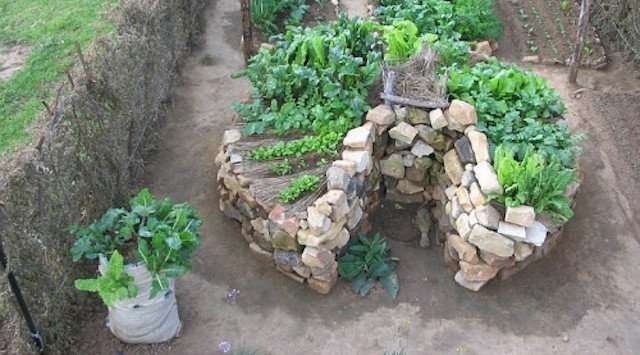















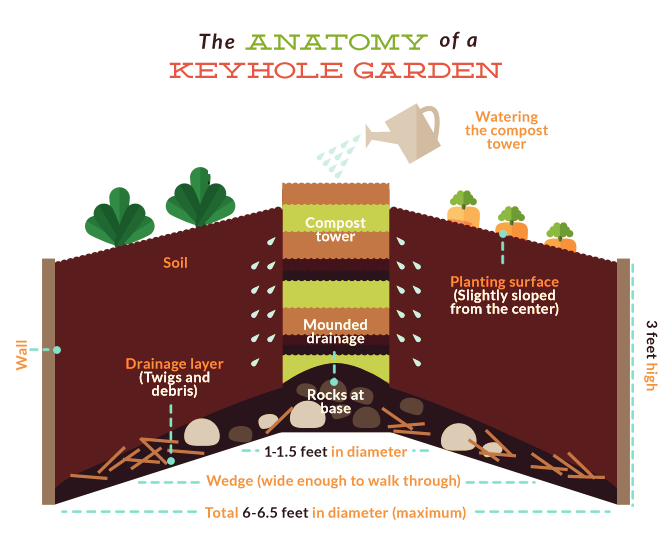
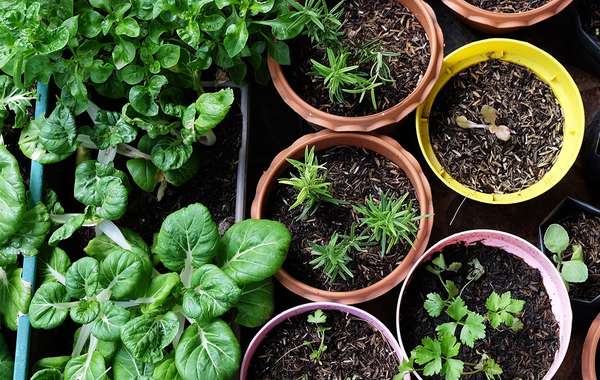

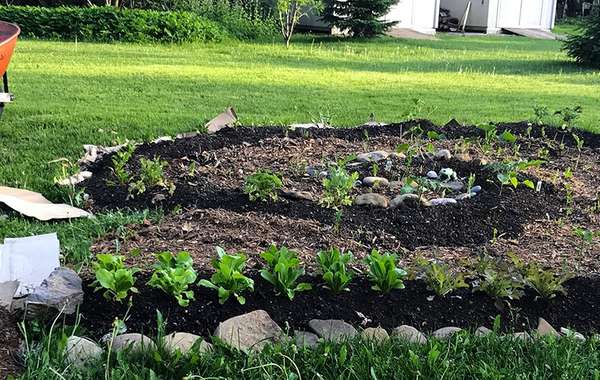
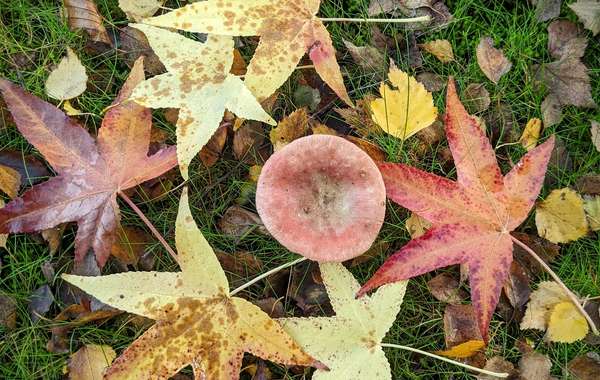
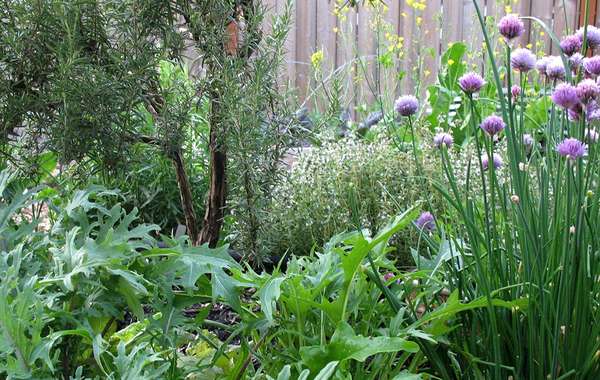
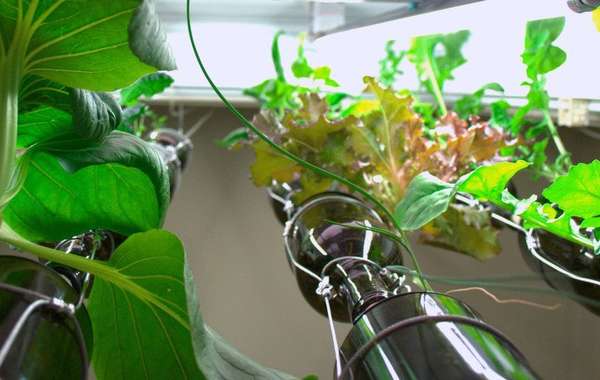
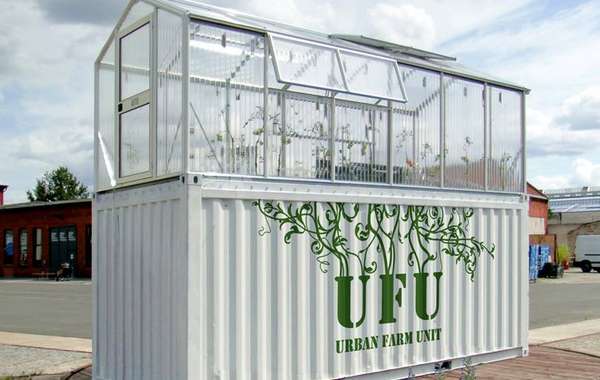
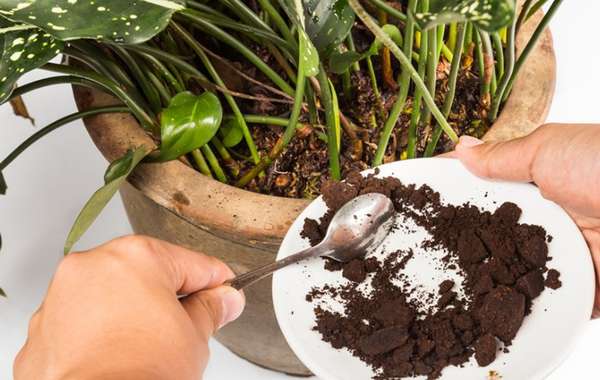

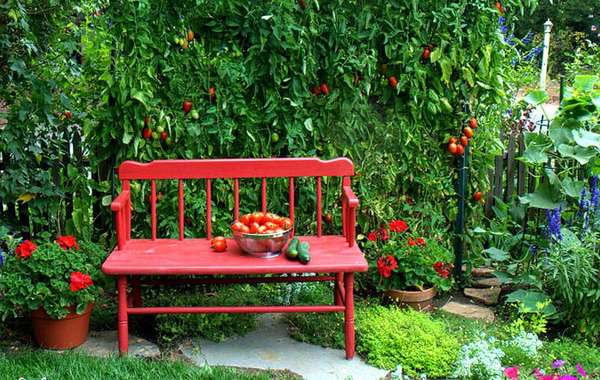
Comments (0)
Sign Up to Comment